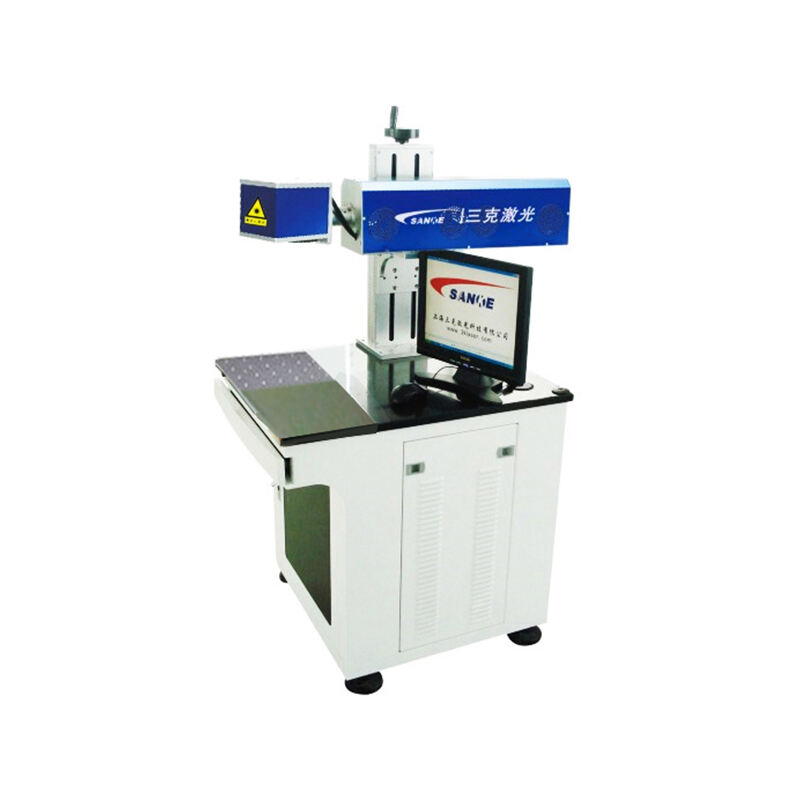Understanding the Complexities of Field Lens Performance
Field lenses play a crucial role in optical systems, serving as vital components that help collect and direct light effectively. These specialized optical elements are designed to improve image quality and system efficiency across various applications, from microscopy to projection systems. Whether you're a seasoned optical engineer or new to the field, understanding common field lens challenges and their solutions is essential for achieving optimal performance.
Essential Components and Characteristics of Field Lens Systems
Core Design Elements
A field lens system typically consists of carefully crafted optical elements that work together to maximize light collection and transmission. The primary component, the field lens itself, is strategically positioned to redirect light rays that might otherwise be lost, ensuring they reach the intended target. This fundamental design aspect makes field lenses invaluable in numerous optical arrangements.
The quality of materials used in field lens construction directly impacts their performance. Modern field lenses often incorporate advanced glass compositions and specialized coatings to minimize aberrations and enhance light transmission. These materials must maintain their optical properties under varying environmental conditions while delivering consistent performance over extended periods.
Performance Characteristics
Understanding the key performance metrics of field lens systems helps in identifying and addressing potential issues. Critical characteristics include focal length stability, transmission efficiency, and aberration control. Each of these factors contributes to the overall system performance and must be carefully monitored and maintained.
Environmental factors such as temperature fluctuations and humidity can significantly impact field lens performance. Professional optical systems often incorporate compensation mechanisms to maintain stability under changing conditions. Regular monitoring and adjustment of these parameters ensure optimal performance throughout the system's operational lifetime.
Common Field Lens Challenges
Optical Aberrations
Among the most frequent issues encountered with field lens systems are various forms of optical aberrations. Spherical aberration, chromatic aberration, and field curvature can all compromise image quality and system efficiency. These distortions occur when light rays fail to converge properly at the intended focal point, resulting in reduced image clarity and precision.
Advanced field lens designs incorporate specific features to minimize these aberrations. Aspherical surfaces, specialized glass materials, and precise manufacturing techniques help maintain optimal performance. Regular calibration and alignment procedures ensure these correction mechanisms continue to function effectively.
Mechanical Stability Issues
The mechanical stability of field lens mounts and support structures significantly impacts system performance. Vibration, thermal expansion, and mechanical stress can all lead to misalignment and degraded optical quality. Proper mounting techniques and materials selection play crucial roles in maintaining long-term stability.
Environmental factors can exacerbate mechanical stability issues in field lens systems. Temperature cycling, humidity changes, and mechanical shock must be considered during system design and installation. Implementing appropriate isolation and stabilization measures helps protect against these potential disruptions.
Advanced Solutions for Field Lens Enhancement
Modern Coating Technologies
Contemporary field lens systems benefit from advanced coating technologies that enhance performance and durability. Anti-reflection coatings minimize light loss and ghost images, while protective layers guard against environmental damage. These sophisticated coatings represent a crucial advancement in field lens technology.
The latest developments in coating technology continue to push the boundaries of what's possible with field lens systems. Multi-layer coatings provide unprecedented control over light transmission and reflection, while environmental protection layers extend service life under challenging conditions. Selecting appropriate coating combinations requires careful consideration of specific application requirements.
Precision Alignment Techniques
Maintaining precise alignment is critical for optimal field lens performance. Modern alignment techniques incorporate advanced measurement tools and adjustment mechanisms to achieve and maintain optimal positioning. Regular monitoring and adjustment procedures help prevent performance degradation over time.
The integration of automated alignment systems has revolutionized field lens maintenance and adjustment. These systems can detect and correct minor misalignments before they impact performance significantly. Implementing proper alignment procedures and monitoring protocols ensures consistent system operation.
Maintenance and Care Guidelines
Regular Inspection Protocols
Establishing comprehensive inspection routines is essential for maintaining field lens performance. Regular visual examinations can identify early signs of degradation or contamination. Documenting inspection results helps track system health and predict maintenance needs accurately.
Professional inspection procedures should include both visual and performance-based assessments. Measuring key parameters such as transmission efficiency and image quality provides quantitative data for system evaluation. This information guides maintenance scheduling and upgrade decisions.
Cleaning and Protection Measures
Proper cleaning techniques are crucial for preserving field lens performance. Using appropriate cleaning materials and methods prevents damage while maintaining optimal optical characteristics. Regular cleaning schedules should be established based on environmental conditions and usage patterns.
Protecting field lens systems from environmental contaminants requires appropriate storage and handling procedures. Implementing dust protection measures and maintaining controlled environmental conditions helps extend system lifetime and maintain performance quality.
Frequently Asked Questions
How often should field lens systems be inspected?
Professional field lens systems should undergo thorough inspection at least quarterly, with more frequent checks in demanding environments. Regular visual inspections should be performed weekly, while comprehensive performance evaluations are typically conducted monthly or as needed based on system usage patterns.
What are the signs of field lens degradation?
Common indicators include decreased image clarity, uneven illumination, increased aberrations, and visible surface contamination. Performance metrics may show reduced transmission efficiency or increased error rates in precision applications. Early detection of these signs allows for timely intervention and maintenance.
Can damaged field lenses be repaired?
Minor surface damage to field lenses can sometimes be addressed through professional reconditioning services. However, severe damage typically requires lens replacement to maintain system performance. Prevention through proper maintenance and handling remains the most cost-effective approach to ensuring long-term reliability.
 EN
EN
 AR
AR
 FR
FR
 DE
DE
 JA
JA
 KO
KO
 RU
RU
 ES
ES


